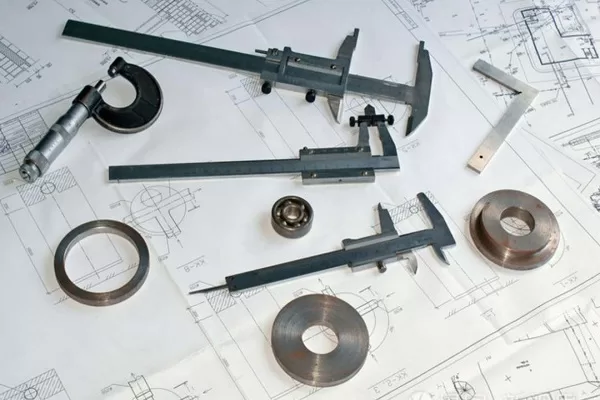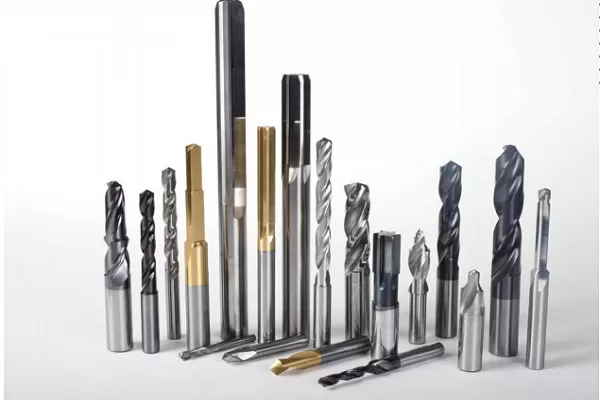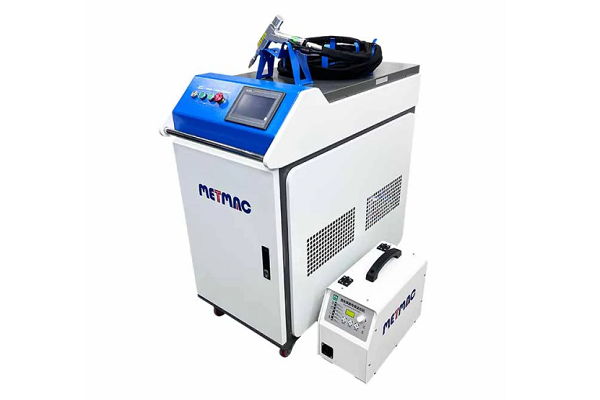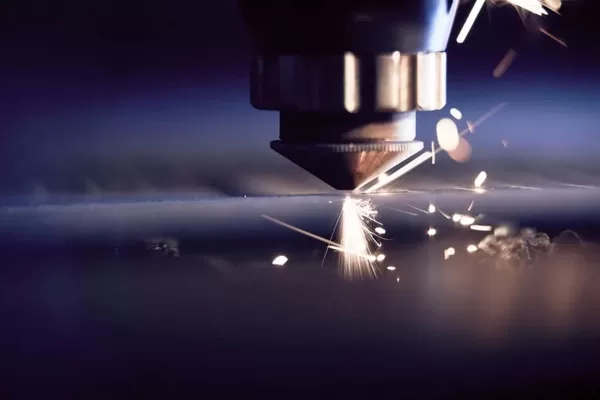
Slitting Coils with Precision- A Step-by-Step Guide to Steel Strip Cutting
- By:Metmac
- 2024-06-04
- 119
Steel strip cutting is a crucial process in various industries, including automotive, construction, and packaging. Slitting coils with precision is essential to ensure the dimensional accuracy, surface quality, and overall performance of the final product. This comprehensive guide provides a step-by-step approach to achieve precise steel strip cutting.
Choosing the Right Slitting Machine
The choice of slitting machine depends on several factors, including the material thickness, required strip width, and production volume. There are two main types of slitting machines:
Rotary Slitting Machines
Ideal for high-volume production
Utilizes circular knives to cut the strip
Offers high speed and precision
Guillotine Slitting Machines
Suitable for lower-volume production
Employs straight knives to cut the strip
Provides higher precision than rotary machines
Setting Up the Slitting Machine
Proper setup of the slitting machine is critical for precision cutting. This involves:
Knife Selection
Choose knives with the appropriate material and coating for the specific steel alloy being cut.
Ensure knives are sharp and maintained properly.
Knife Positioning
Accurately position the knives to achieve the desired strip width.
Utilize precision spacers and measuring instruments to ensure precise alignment.
Preparing the Steel Coil
Before slitting, the steel coil should be inspected for defects and prepared accordingly:
Coil Inspection
Check for any scratches, dents, or imperfections that could affect the cutting process.
Clean the coil surface to remove any dirt or contaminants.
Coil Uncoiling
Gradually uncoil the steel coil, ensuring it remains straight and free from kinks or twists.
Use a coil car or uncoiler to manage the coil efficiently.
Slitting the Steel Coil
Follow these steps to precisely slit the steel coil:
Slow Start
Begin the slitting process at a low speed to ensure stability.
Gradually increase the speed as the cutting process stabilizes.
Maintain Tension
Apply consistent tension to the steel coil during slitting.
This prevents the strip from wandering or distorting.
Monitor Cut Quality
Check the cut quality regularly to ensure it meets the desired specifications.
Adjust the knife positioning or tension as needed.
Post-Slitting Processes
After slitting, additional processes may be required for the steel strip:
Edge Trimming
Trim any uneven or jagged edges to achieve a clean, finished appearance.
Coil Rewinding
Rewind the slit strips onto new coils for storage or further processing.
Inspection and Packaging
Inspect the final product for any defects or inconsistencies.
Package the coils securely to protect them during transportation and handling.
-
The Advantages of Using a Sheet Roll Forming Machine in Manufacturing
2024/09/14 -
How to Optimize Your Laser Sheet Cutting Machine for Maximum Performance
2024/09/12 -
How to Maximize Efficiency with Modern Sheet Metal Working Machines
2024/09/04 -
The Environmental Benefits of Using Duct Board Grooving Machines
2024/09/03
-
A Guide to the Latest Innovations in Sheet Metal Folding Machines
2024/11/29 -
Key Features to Consider When Investing in a Sheet Metal Folding Machine
2024/11/28 -
Enhancing Precision with Advanced Sheet Metal Folding Machines
2024/11/27 -
How to Choose the Right Sheet Metal Folding Machine for Your Workshop
2024/11/26



